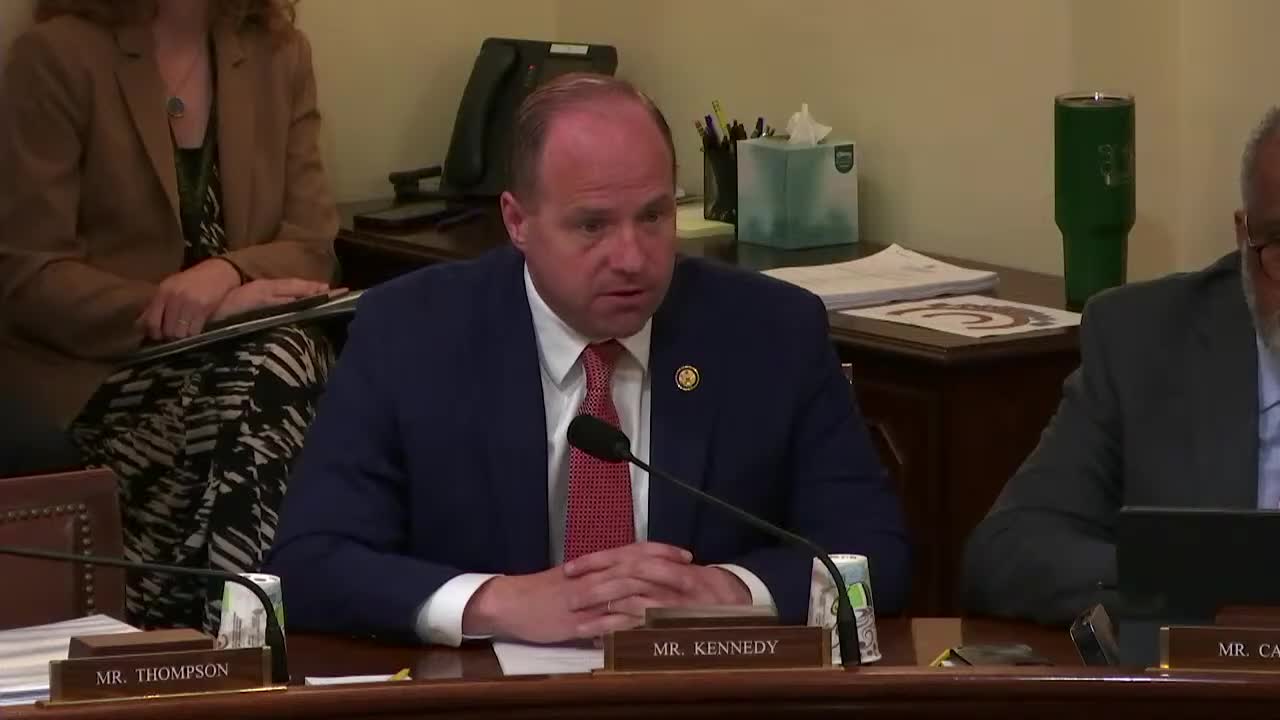
This article was created by AI using a video recording of the meeting. It summarizes the key points discussed, but for full details and context, please refer to the video of the full meeting. Link to Full Meeting
One of the key points raised was the challenge of distinguishing between legitimate drone operators and those with malicious intent. As drone usage increases, so does the risk of misuse, leading to concerns about safety in public spaces. For instance, the NFL reported a staggering 4,000% increase in drone activity around stadiums, raising alarms about unauthorized surveillance or potential threats during large gatherings.
To address these concerns, committee members highlighted the necessity of enhancing airspace awareness. This involves developing systems to identify and monitor all drones operating in sensitive areas, such as near bridges or crowded venues. Only with this capability can authorities effectively implement countermeasures to mitigate risks, whether through electronic means or physical interventions.
The discussions underscored a critical point: without a clear understanding of who is operating drones and for what purpose, the government cannot adequately protect citizens from potential dangers. As drone technology continues to evolve, the committee's focus on establishing robust identification and control measures will be essential in ensuring public safety while harnessing the positive aspects of this innovative technology.
Converted from Industry Perspectives on How Drone Warfare Abroad Is Transforming Threats at Home meeting on July 16, 2025
Link to Full Meeting
Comments
View full meeting
This article is based on a recent meeting—watch the full video and explore the complete transcript for deeper insights into the discussion.
View full meeting